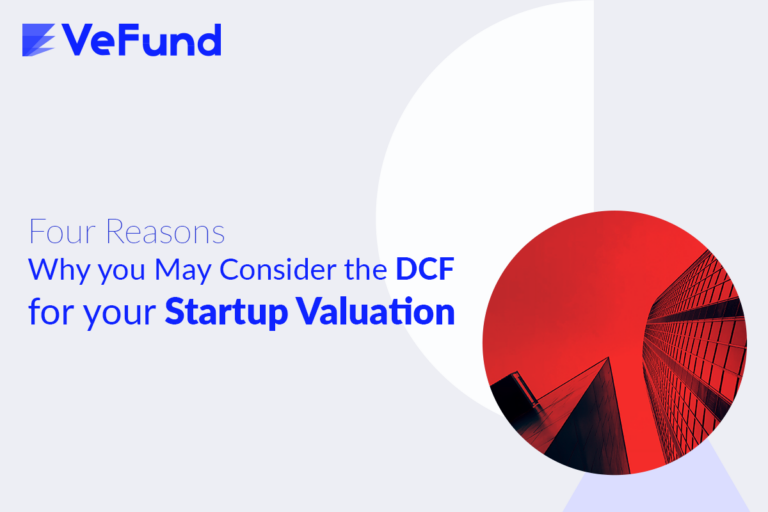Diamond and Square Framework: Assessing Startups and Understanding Startup Failure
Whether you’re a founder or an investor, adopting frameworks to form a holistic understanding of startups pays off. Founders need this in developing their new idea and managing day-to-day operations. Investors need frameworks to avoid investing in bad startups and to define the best ones. And it is especially useful for both in investigating why past startups failed.
The diamond and square framework was introduced by Tom Eisenmann in his famous book Why Startups Fail: A New Roadmap for Entrepreneurial Success, originally published in 2021. Tom developed the framework as a way to understand and investigate why a subject startup failed. As you will see, this approach can be used to define future investments too.
The Diamond and Square Framework
The framework is divided into a diamond and a square. The diamond represents the startup opportunity: the more solid the idea the better. And the square represents resources: the key players responsible for turning the opportunity into reality.

The Diamond (Opportunity)
The opportunity is defined by four pillars: Customer Value Proposition (CVP), technology & operations, marketing, and profit. The arrows running through the diamond define how the four pillars affect each other, and which pillars entrepreneurs can make decisions on. So CVP is the base from which decisions affect the rest of the three pillars. Marketing and technology & operations decisions drive profits. And profit is the result of the decisions made in the three pillars.
As you see, the customer value proposition is the base for a good opportunity. The customer’s needs must be strong and unmet. And the solution must be differentiated and sustainable. Failing any condition will result in a shaky CVP.
The rest of the pillars need to be examined carefully. If you’re about to invest in an early-stage startup, check out how their previous decisions in marketing and technology & operations affected the company and the potential for profit. Also, examine how their future plans play out to both come closer to their CVP vision and their projected profits.
The Square (Resources)
The square’s pillars include the founders, team, investors, and strategic partners. In any startup, some of these pillars, if not all, are the ones responsible for fuelling and running the company.
In the early stage, reliance on founders is at its peak. Their expertise and personality are critical for the company to reach its potential. They have to attract talent, reach investors, and form partnerships when needed. Upon all that, they’re responsible for the day-to-day operations and achieving milestones.
Both the team and strategic partners carry on tasks to achieve the company’s milestones. Sometimes they are replaceable. For instance, a company may choose between forming a development team to build a website or outsourcing to a contractor. Having both a great team and healthy relationships with partners is key to building a great startup.
Finally, as an investor, you benefit the company through the fund, the healthy terms, and the advisory.
When assessing a promising investment, it is good practice to align your goals and the founders’. Down the road, disagreements in how the company should exit cripple both the founder and investor. Of course, it is hard to predict every scenario. It’s helpful, though, to check the founders’ risk appetite and see if it matches yours. This way you reduce the probability of critical disagreements.







